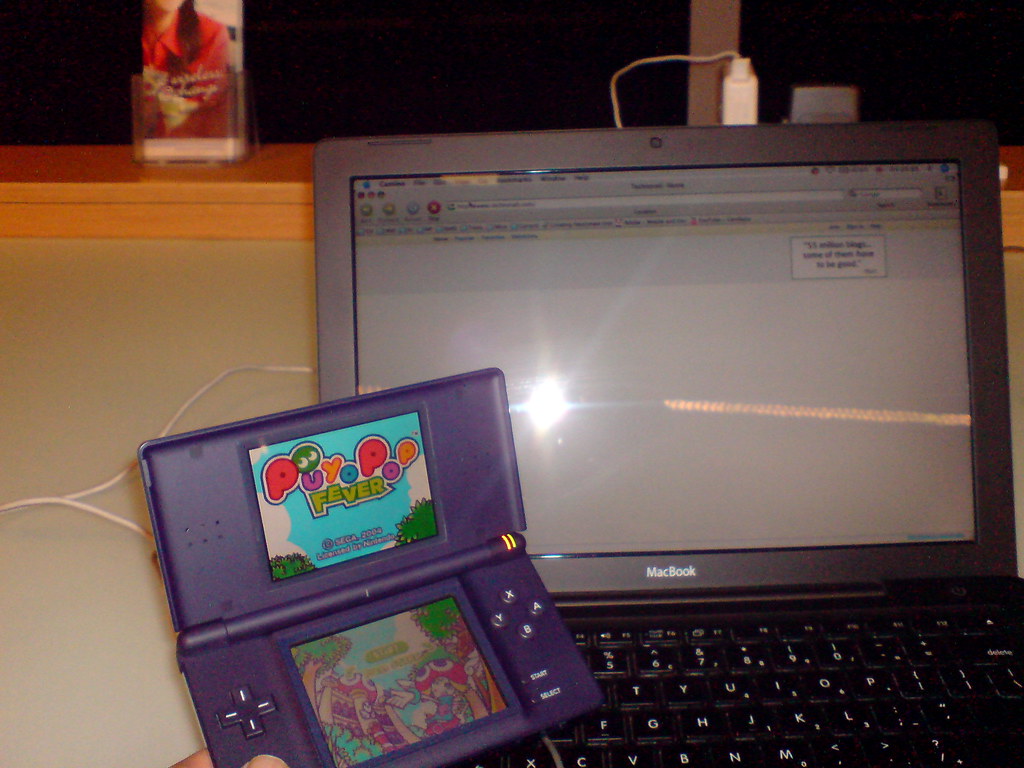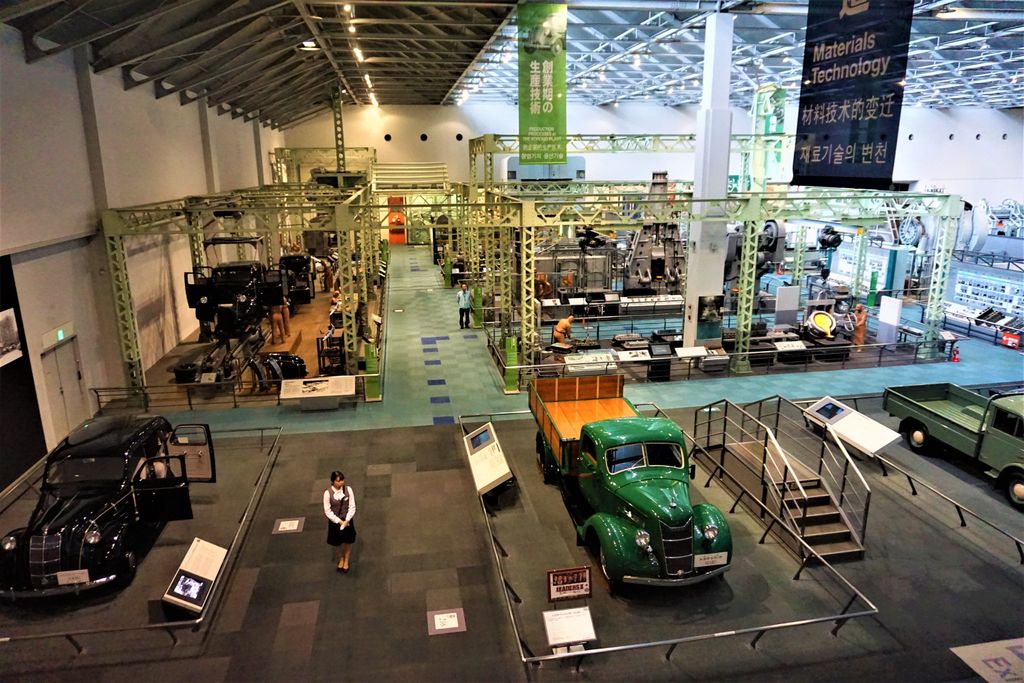
Virtual reality (VR) has long been heralded as the next frontier of human-computer interaction, a technology promising to transport us to new worlds, enhance our training, and redefine how we work and play. From its early conceptualizations in the mid-20th century, like Morton Heilig’s Sensorama in 1962, to Ivan Sutherland’s pioneering “Sword of Damocles” head-mounted display in 1968, the vision of an immersive, simulated experience has captivated innovators and dreamers alike. In recent years, with the advent of accessible consumer headsets like the Oculus Rift, HTC Vive, and PlayStation VR, it seemed as though VR was finally poised for its grand entrance into the mainstream.
Yet, despite significant technological advancements and substantial investments from tech giants such as Meta and Apple, VR headsets continue to operate largely within niche markets, primarily within entertainment, education, and specialized professional training. The widespread adoption that many predicted has yet to materialize, leaving many to wonder why this revolutionary technology struggles to capture the imagination and wallets of the general public. While the promise of an “immersive feel of a virtual world” remains compelling, a confluence of practical, technical, and human-centric challenges continues to impede its path to ubiquity.
This in-depth exploration will delve into the multifaceted reasons behind VR’s slow march towards mainstream acceptance. We will dissect the core issues that users and developers grapple with, examining everything from fundamental display limitations and physiological discomfort to privacy concerns and the complexities of delivering a truly seamless and compelling virtual experience. By understanding these barriers, we can better appreciate the intricate hurdles that still need to be overcome for virtual reality to truly redefine our daily lives.
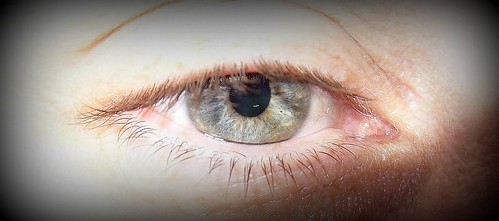
1. Health and Safety Concerns (Motion Sickness, Eye Strain)
One of the most immediate and significant barriers to mainstream VR adoption stems from the health and safety concerns users often encounter, particularly regarding motion sickness and eye strain. Many individuals report experiencing what is commonly known as “simulator sickness,” a form of motion sickness triggered by the sensory mismatch between visual input from the VR headset and the vestibular system’s perception of movement. This disconnect can lead to nausea, dizziness, and disorientation, severely limiting the duration and enjoyment of VR experiences for a substantial portion of potential users.
Such discomfort is often exacerbated by technical factors like image latency and display refresh frequency. If the image on the display does not update quickly enough or there is a noticeable delay between a user’s head movement and the corresponding visual change, the brain struggles to reconcile the differing sensory signals, intensifying the feeling of unease. While advancements have been made to increase refresh rates, requiring a more powerful graphics processing unit, these physiological responses remain a significant hurdle for many.
Beyond motion sickness, prolonged use of VR headsets can lead to considerable eye strain and visual fatigue. The close proximity of high-resolution screens to the eyes, coupled with the constant focus on virtual objects, can stress the ocular muscles. Users often report dry eyes, headaches, and blurred vision after extended sessions, which naturally deters regular or prolonged engagement with the technology. This factor alone makes it difficult for VR to compete with traditional screens, where such discomfort is less prevalent.
Furthermore, the physical act of wearing a head-mounted display (HMD) itself can be a source of discomfort. Many early and even some contemporary headsets are bulky and heavy, exerting pressure on the face and head, which can become bothersome over time. The potential for heat buildup inside the headset and the social awkwardness of being completely cut off from one’s physical surroundings also contribute to a less-than-ideal user experience, making casual, long-term use less appealing.

2. Challenges for Children and Teenagers
The unique developmental stages of children and teenagers present distinct challenges for VR, raising questions about its suitability and potential long-term impacts. Currently, there is a relative lack of comprehensive research and clear guidelines specifically addressing the effects of VR exposure on young, developing eyes and brains. This uncertainty leads to caution among parents, educators, and even manufacturers, many of whom include age restrictions or warnings with their products.
Concerns often revolve around the potential for visual development issues. The sustained focus on stereoscopic 3D images at close range, while providing an immersive experience, could theoretically influence eye development or exacerbate existing visual conditions in young users. Without robust longitudinal studies, the long-term ocular health implications remain largely unknown, making broad recommendation for this demographic problematic.
Beyond physiological concerns, there are also considerations for cognitive and social development. Excessive screen time, a general concern across all digital media, takes on new dimensions in VR, where the immersive nature can potentially blur the lines between virtual and real experiences. Parents might worry about children becoming overly detached from their physical surroundings or facing challenges in social interaction when their primary mode of engagement is through isolated virtual environments.
The content itself also poses a challenge. Ensuring age-appropriate and developmentally beneficial content for a wide range of young users is a complex task. The immersive nature of VR can amplify the impact of certain experiences, making content moderation and parental control even more critical and difficult. Until these concerns are adequately addressed through research, responsible design, and clear guidelines, VR’s penetration into households with children and teenagers will remain limited.
Read more about: Beyond the Limelight: 14 Inspiring Celebrities Who Are Redefining Fame Through Powerful Philanthropy

3. Privacy Implications
As VR environments become more sophisticated and deeply integrated into our digital lives, the issue of privacy emerges as a significant concern, casting a shadow over mainstream adoption. Virtual reality systems, particularly those that track user movements, gaze, and interactions within virtual worlds, have the potential to collect vast amounts of highly personal data. This data can range from precise physical movements and biometric responses to detailed behavioral patterns and preferences, creating a rich profile of individual users.
For instance, the context highlights that Facebook (later Meta) initially required users to log in with a Facebook account to use their Oculus Quest 2 headset. This policy, while later revised, sparked significant backlash and underscored public apprehension about linking intimate virtual experiences to a broader social media ecosystem known for extensive data collection. Such requirements raise fears about data aggregation, where information from one’s virtual presence could be combined with other online activities, leading to highly personalized and potentially intrusive targeting.
The nature of virtual environments allows for detailed tracking of user interactions, facial expressions (with eye and face tracking features in devices like the Meta Quest Pro), and even physiological responses through haptic feedback systems. This granular data could be used for commercial exploitation, such as hyper-targeted advertising, or even for more concerning purposes like surveillance or manipulation within virtual spaces. The immersive quality of VR makes these data collection practices feel even more intrusive than in traditional digital contexts.
Ultimately, a lack of transparency regarding data handling, combined with the potential for highly sensitive personal information to be gathered and utilized, erodes user trust. For VR to achieve mainstream success, companies must not only prioritize robust privacy protections but also clearly communicate their data practices in an accessible manner. Without a strong sense of trust and control over their virtual identities and personal data, many potential users will remain wary of fully embracing this immersive technology.
Read more about: FBI Director Reveals Key Evidence in Charlie Kirk Assassination Investigation

4. Display Resolution Limitations and Visual Realism
The quest for visual realism is paramount in virtual reality, as it directly impacts the sense of immersion—the feeling of truly being present in a virtual environment. However, current display resolution limitations continue to pose a significant hurdle. While VR headsets have seen substantial improvements in screen technology, many users still perceive individual pixels, an effect often referred to as the “screen door effect.” This visual artifact breaks immersion by reminding the user that they are looking at a screen rather than a seamless virtual world.
The quality of visual immersion is often assessed in relation to the Minimal Angle of Resolution (MAR), which defines the minimum distance between two display pixels that a viewer can clearly distinguish. For the general public, this spatial resolution is quite high, around 30–65 arc-seconds. Given the close viewing distance in VR headsets, achieving a pixel density that makes individual pixels imperceptible to the human eye, akin to real-world vision, requires extremely high resolutions that current consumer hardware struggles to deliver economically and computationally.
Even with higher-resolution OLED or LCD monitors like those found in modern VR headsets, the challenge remains. The need to render two separate images, one for each eye, for stereoscopic 3D, and then stretch these images across a wide field of view, means that pixels are effectively magnified. This magnification makes any resolution shortcomings more apparent, preventing the “images from being still identifiable as virtual,” as noted in the context, particularly in 2016 when dynamic binaural audio was common but visual displays lagged.
Overcoming this limitation is not merely about packing more pixels onto tiny screens; it also demands significantly more powerful graphics processing units (GPUs) to render and deliver those pixels at acceptable frame rates. This directly impacts the overall cost of the VR system, requiring users to invest not only in the headset but often in a high-end computer or console as well. Until display technology and rendering power can converge to offer truly photorealistic, pixel-free visuals at an accessible price point, the dream of perfect visual immersion will remain just out of mainstream reach.
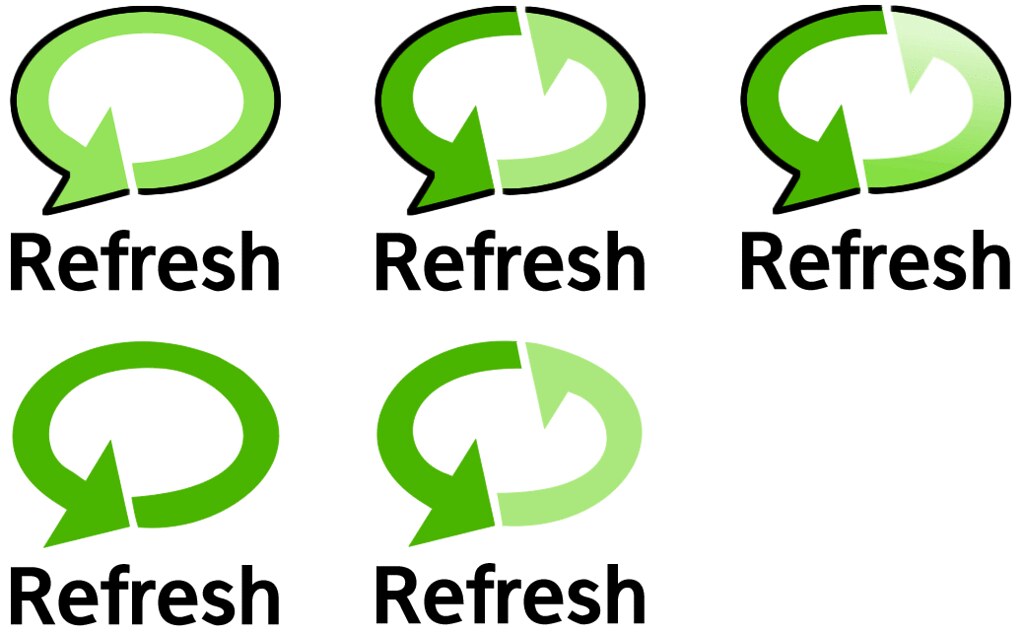
5. Image Latency and Display Refresh Frequency Requirements
Image latency and the display refresh frequency are critical technical factors that profoundly influence the user’s experience in virtual reality, directly impacting comfort and immersion. Latency refers to the delay between a user’s action (like turning their head) and the corresponding visual update on the screen. Even a slight delay can disrupt the brain’s sensory reconciliation, leading to discomfort and breaking the sense of presence. The goal is to minimize this delay to make the virtual environment feel responsive and natural.
Display refresh frequency, measured in Hertz (Hz), indicates how many times per second the screen updates its image. Many small-size displays traditionally have a refresh rate of 60 Hz, which inherently adds about 15 milliseconds of additional latency. While this might seem negligible in traditional computing, in VR, where every millisecond counts for seamless immersion, it contributes significantly to the feeling of disconnect and can induce motion sickness.
To combat this, VR hardware developers are pushing for higher refresh rates. The context mentions that if the refresh rate is increased to 120 Hz or even 240 Hz and more, this number is reduced to less than 7 milliseconds. Participants generally feel that the experience is more immersive with higher refresh rates, as the visuals become smoother and more immediate. This reduction in latency is vital for tricking the brain into accepting the virtual environment as real.
However, the pursuit of higher refresh rates comes with its own set of challenges. Delivering 120 Hz or 240 Hz visuals requires a substantially more powerful graphics processing unit (GPU). This increased demand for computational power translates into higher hardware costs for both the headset itself and the accompanying computing platform (PC or console), making high-fidelity VR less accessible to the average consumer. Balancing immersive performance with affordability remains a key technical and economic challenge for the industry.
Read more about: Decoding the Digital Underworld: 14 Essential Gadgets for Cyber Security Professionals
6. Limited Field of View and Peripheral Vision
The human field of view (FOV) is expansive, covering roughly 300 degrees horizontally and 175 degrees vertically with two eyes, an approximation of one-third of a full 360-degree sphere. This broad peripheral vision plays a crucial role in our spatial awareness and our overall sense of presence in any environment. For virtual reality to truly convince the user of their presence in a simulated world, it must approximate this natural human FOV as closely as possible.
However, current VR headsets, while offering a significantly wider FOV than traditional screens, still fall short of fully replicating the natural human visual field. The context notes that our eyes have a horizontal FOV from about 107 or 110 degrees to the temporal side to about 60 or 70 degrees toward the nose. While binocular vision is limited to the 120 or 140 degrees where the right and left visual fields overlap, headsets often compress or limit this, resulting in a tunnel-vision effect where the edges of the display or the headset’s internal structure are visible.
This restricted FOV can significantly diminish the sense of immersion. When the virtual world cuts off at the edges of one’s vision, it creates a constant reminder that the user is looking through a limited portal rather than genuinely occupying a space. This limitation makes it harder for the brain to fully suspend disbelief, reducing the feeling of being “actually there” and making the virtual environment feel less real and encompassing.
Improvements in optical systems, such as the LEEP optical system from Eric Howlett which created a stereoscopic image with a wide enough field-of-view for a convincing sense of space, laid the groundwork for modern VR. However, despite advancements like the Valve Index’s 130° field of view, replicating the natural 300×175 degree FOV of human vision remains a significant engineering challenge. Achieving this would not only require innovative lens designs but also necessitate even higher display resolutions and processing power to fill that expanded view convincingly, further highlighting the interconnectedness of VR’s technical hurdles.
Read more about: Mastering the Night Drive: Essential Strategies for Comfortably Navigating Bright Headlights

7. High Cost of Entry and System Requirements
Virtual reality’s immersive promise often comes with a formidable price tag, a significant deterrent to widespread consumer adoption. Beyond the headset itself, which can range from several hundred to thousands of dollars, many high-fidelity VR experiences demand powerful accompanying hardware, typically a high-end gaming PC equipped with a robust graphics processing unit (GPU). This continuous push for higher display resolutions, refresh rates, and more complex virtual worlds directly translates into a need for ever-increasing computational power, effectively pushing VR into the realm of enthusiast technology rather than a mass-market appliance.
The context highlights that “higher refresh rates require a more powerful graphics processing unit,” which subsequently impacts “higher hardware costs for both the headset itself and the accompanying computing platform.” This creates a vicious cycle: to improve immersion and mitigate issues like latency and motion sickness, more advanced displays and faster rendering are needed, which in turn necessitates more expensive underlying hardware. For many potential users, investing in a high-spec PC solely or primarily for VR is simply not feasible or justifiable, especially when compared to the relatively low entry barrier of traditional gaming consoles or mobile devices.
Even efforts to create more accessible, standalone headsets like the Oculus Quest series, while successful in reducing the need for an external PC, often involve compromises in graphical fidelity or processing power compared to their tethered counterparts. Until the core technology matures to a point where high-quality VR is both visually stunning and broadly affordable, the economic barrier will continue to restrict its reach to a dedicated, affluent segment of the market.
Read more about: Beyond the Badge: Uncovering the Hidden Flaws in 14 Fan-Favorite Vehicle Models
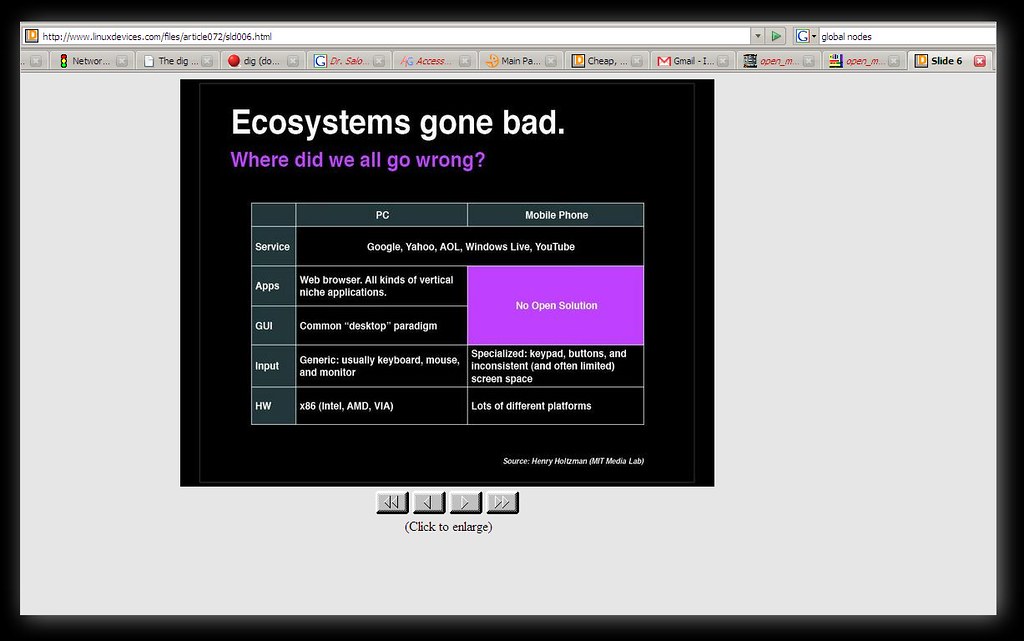
8. The Elusive “Killer App” and Content Ecosystem
For any nascent technology to break into the mainstream, it typically requires a compelling “killer application”—an experience so revolutionary and indispensable that it alone justifies the hardware purchase. For virtual reality, this elusive killer app has yet to materialize in a way that captures the imagination of the general public beyond niche communities. While VR has found powerful applications in specific domains, its widespread appeal for daily use remains underdeveloped.
The context outlines various applications, including “entertainment (particularly video games),” “education (such as medical, safety, or military training),” “research and business (such as virtual meetings).” These demonstrate VR’s utility but also highlight its fragmented impact. While certain VR games have achieved critical acclaim and commercial success within the gaming community, they haven’t transcended to become cultural phenomena on the scale of mobile gaming or console blockbusters that drive mass adoption.
Moreover, the immersive quality of VR, while its greatest strength, also limits the types of content that are broadly appealing. The lack of a diverse, robust library of casual, social, or productivity-oriented applications that seamlessly integrate into everyday life means that VR headsets often become sporadic-use devices, gathering dust after the initial novelty wears off. This creates a supply-side bottleneck, further limiting the growth of a rich and varied content ecosystem that could entice a broader audience.

9. Sophistication and Inconsistency of Input Devices
Interaction with virtual worlds is as crucial as visual immersion, and the evolution of input devices for VR has been marked by both innovation and inconsistency, posing another barrier to mainstream acceptance. Early VR systems often relied on rudimentary button-operated handsets or less intuitive interfaces, making engagement feel abstracted and unnatural. While significant strides have been made, the diversity and learning curve associated with different controllers can be confusing for new users.
The context points to the progression from “haptic interfaces were not well developed, and most hardware packages incorporated button-operated handsets” in 2016, to more advanced solutions like the Valve Index featuring “open-handed controllers which allow for individual finger tracking,” and Meta Quest Pro’s “updated Touch Pro controllers with on-board motion tracking.” Sony’s PlayStation VR2 includes “controllers with adaptive triggers and haptic feedback.” These advancements aim to make interactions more intuitive and realistic.
However, this sophistication also brings challenges. Each manufacturer often develops its proprietary input system, meaning that expertise gained on one platform doesn’t always transfer directly to another. For a technology striving for ubiquity, this lack of standardized, universally intuitive input methods can be a significant hurdle. The ideal input device needs to be precise, intuitive, provide meaningful feedback, and be comfortable for extended use, all without adding excessive cost or complexity.

10. Setup Complexity and Spatial Requirements
The physical demands of setting up and operating a virtual reality system can be surprisingly complex, often requiring dedicated space and specific environmental considerations that are not readily available in every home. Unlike a smartphone or a console that can be used almost anywhere, VR headsets, especially those offering full room-scale tracking, often impose practical limitations that hinder spontaneous or casual use, pushing them out of the realm of everyday convenience.
Early advanced systems, like the HTC Vive, employed “tracking technology called Lighthouse, which utilized wall-mounted ‘base stations’ for positional tracking using infrared light.” While offering robust and accurate tracking, these base stations require careful placement in a clear, open area, often spanning several square meters. The emergence of “inside-out tracking,” seen in devices like the Oculus Quest and PlayStation VR2, has simplified setup considerably by eliminating the need for external sensors, making them much easier to deploy.
However, even with inside-out tracking, users still need sufficient clear space to move safely and effectively within virtual environments, particularly for active experiences. The potential for bumping into furniture or walls remains a real concern, limiting the appeal for casual, spontaneous engagement. Until VR can be as effortlessly integrated into any physical space as a television or a tablet, these practicalities will continue to constrain its path to universal appeal.

11. Social Isolation and Public Perception
One of the most profound, yet often overlooked, barriers to mainstream VR adoption is its inherent tendency towards social isolation and the consequent challenges in public perception. While VR promises to connect us to virtual worlds, it paradoxically disconnects users from their immediate physical surroundings and those sharing their space. This can lead to feelings of awkwardness, detachment, and even a degree of social stigma that makes many hesitant to fully embrace the technology in shared environments.
The context directly addresses “the social awkwardness of being completely cut off from one’s physical surroundings” and the potential for “isolated virtual environments.” Wearing a bulky headset effectively blinds and deafens the user to their real-world environment, making them appear aloof or unapproachable to others. For many, the idea of sitting in a living room, completely engrossed in a virtual world while family members are present, feels isolating rather than connective, hindering its integration into common social activities.
Furthermore, the public perception of VR, often shaped by early, clunky prototypes or exaggerated science fiction portrayals, can be a hurdle. While modern headsets are significantly more refined, the image of someone flailing their arms in an empty room or wearing a large, often unattractive device on their head can evoke amusement or misunderstanding rather than intrigue. This subtle social pressure contributes to why many might be reluctant to use VR frequently or in front of others.
Read more about: Unjustly Scored: 15 War Movies That Deserve Far More Love Than Their Rotten Tomatoes Ratings Imply

12. Integration into Daily Life and Workflow
Despite its revolutionary potential, virtual reality has struggled to seamlessly integrate into the daily routines and established workflows of the average person, failing to displace or significantly enhance existing tools in a universally compelling way. For a technology to go mainstream, it must offer a clear, undeniable advantage over current solutions or address a need that is otherwise unmet. VR’s current offerings, while impressive in specific niches, often feel like an addition rather than an essential component of daily life.
The context mentions various applications, from “virtual meetings” in business to “education” and “training” across diverse fields like medicine, military, and engineering. In these specialized domains, VR provides invaluable benefits, allowing for realistic simulations and cost-effective repeatable training. For instance, “EASA approved the first Virtual Reality-based Flight Simulation Training Device” for rotorcraft pilots, highlighting its efficacy in high-risk training scenarios. However, these are specialized use cases that don’t translate directly to mass consumer needs.
For general productivity, communication, or everyday entertainment, VR faces stiff competition from ubiquitous devices like smartphones, laptops, and televisions. These devices are deeply ingrained in our habits, offer immediate gratification, and require minimal setup or social compromise. The current form factor and interaction paradigms often make simple tasks more cumbersome in VR than on a traditional screen. Until VR can offer truly compelling advantages that simplify, rather than complicate, daily tasks for a broad audience, its place will largely remain in specialized applications and enthusiastic niches.
Read more about: Beyond the Hype: The Real Reasons Your New iPhone Isn’t Perfect (and How to Master the Fixes)
As we look to the horizon, the journey for VR headsets to truly permeate mainstream consciousness is undeniably complex, paved with a myriad of interwoven technical, economic, and human-centric challenges. Yet, the relentless pace of innovation, from ever-improving display technologies and more intuitive input methods to the increasing focus on blended reality experiences, suggests a future where these barriers could gradually erode. The dream of a seamlessly integrated virtual layer enriching our daily lives remains a powerful beacon for developers and enthusiasts alike, hinting at a world where the lines between the physical and digital blur not just for niche applications, but for everyone.

